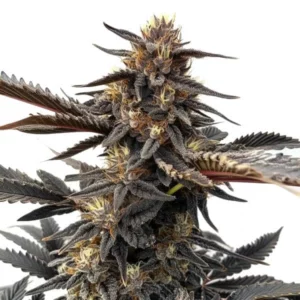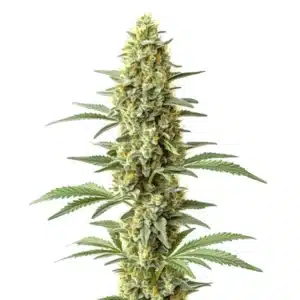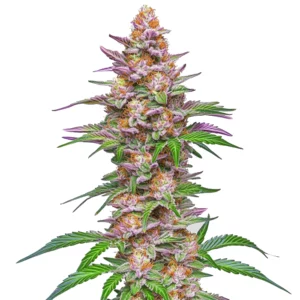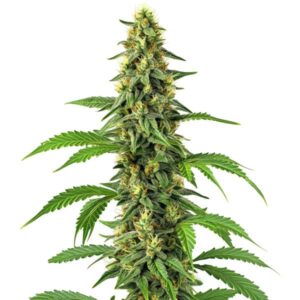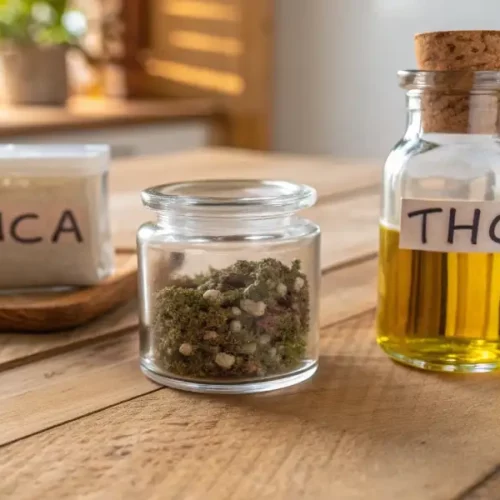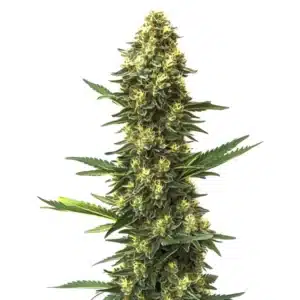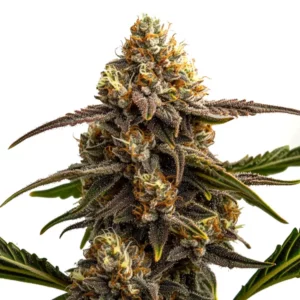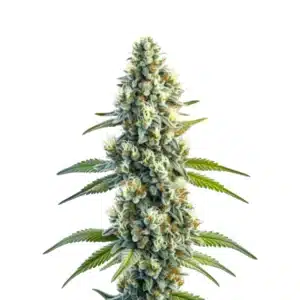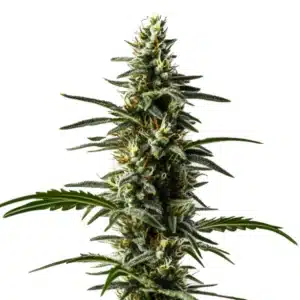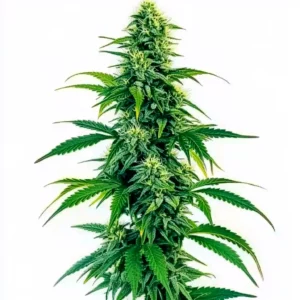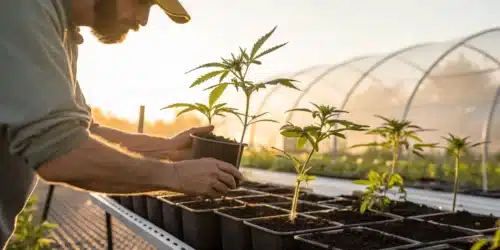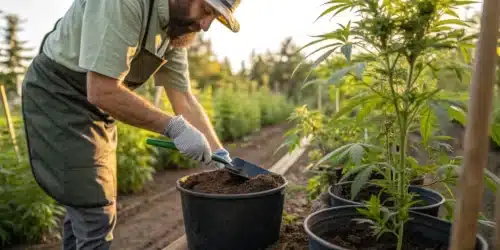Preparing for Transplantation
Choosing the Right Time
Timing is everything when it comes to transplanting cannabis. Ideally, you want to wait until your plants have developed a robust root system but haven’t outgrown their current containers. Most growers find that transplanting during the vegetative stage yields the best results, as the plants are more resilient and adaptable during this phase. This is usually when the plants are about 3 to 4 weeks old, depending on the strain and growing conditions, which can vary based on temperature, light, and moisture levels. Taking extra care to choose the optimal moment ensures that the stress of transplantation is minimized and the plants can quickly resume vigorous growth.
Keep an eye on your plants at all times. If you notice roots beginning to poke out of the drainage holes, it’s a clear sign that they are ready for a new home and need more space to grow. Additionally, consider the weather conditions and the time of day; transplanting during a cooler part of the day, such as early morning or late afternoon, can reduce stress on the plants, allowing them to adjust more easily to their new environment. This extra attention to timing and environmental factors can make a significant difference in reducing transplant shock and promoting a smoother transition.
Tools and Materials Needed
Before you jump into the transplanting process, gather all necessary tools and materials to ensure a smooth and efficient operation. A few essentials include new pots, quality potting soil, a transplanting trowel, and plenty of water to keep the soil moist. Ensure your new pots have adequate drainage holes to prevent waterlogging, which can lead to root rot and other issues that may hinder plant growth. Having a complete set of tools prepared beforehand helps you work methodically and minimizes interruptions during the transplant.
Don’t forget to have a spray bottle handy for misting the plants before and after transplanting. This can help keep the leaves hydrated and reduce the risk of shock, which is particularly important if you’re transplanting in warmer conditions. It is also a good idea to have extra cleaning supplies available to sanitize your tools, preventing the spread of any potential diseases. With all your equipment within arm’s reach, you can focus on the careful process of transplanting and ensure that every step is carried out smoothly, reducing stress for both you and your plants.
Promos & Deals
Techniques for Transplanting
Step-by-Step Transplant Process
Now that you’re prepared, let’s dive into the step-by-step process of how to transplant cannabis with precision and care. Start by carefully removing the plant from its current pot; gently squeeze the sides of the pot or tap it to loosen the soil around the edges. Grasp the base of the stem and pull upward slowly, ensuring you’re not damaging the roots in any way. If the roots are tightly bound, you may need to use a clean knife to cut a few of the outer roots, but do so cautiously to avoid excessive disturbance to the plant.
Next, place your plant in the new pot filled with pre-moistened soil. It’s essential to ensure that the plant sits at the same depth it was in the previous pot to maintain stability in growth. Fill in around the plant with additional soil, gently pressing down to eliminate any air pockets that could disrupt root contact with the soil. Finally, water the plant thoroughly to help settle the soil around the roots, giving it a solid start in its new environment while providing the necessary moisture for recovery and ongoing growth.
Minimizing Plant Stress
Transplanting can be a stressful event for cannabis plants, but there are several effective techniques to minimize this stress and promote a smoother transition. One effective method is to transplant on an overcast day or in the evening when temperatures are cooler, reducing the shock caused by sudden temperature changes. This technique helps the plant conserve energy while adapting to its new container and environment, ensuring that stress levels remain low.
Another tip is to avoid disturbing the roots as much as possible. Handle the root ball gently and try to keep as much of the original soil intact, as this helps the plant maintain its familiar environment. If you notice any damaged or dead roots, it’s best to trim them back before replanting to encourage healthy new growth. Providing adequate care immediately after transplanting, such as proper watering and nutrient management, further reduces stress and supports the plant in establishing itself in its new pot, ultimately leading to more vigorous growth.
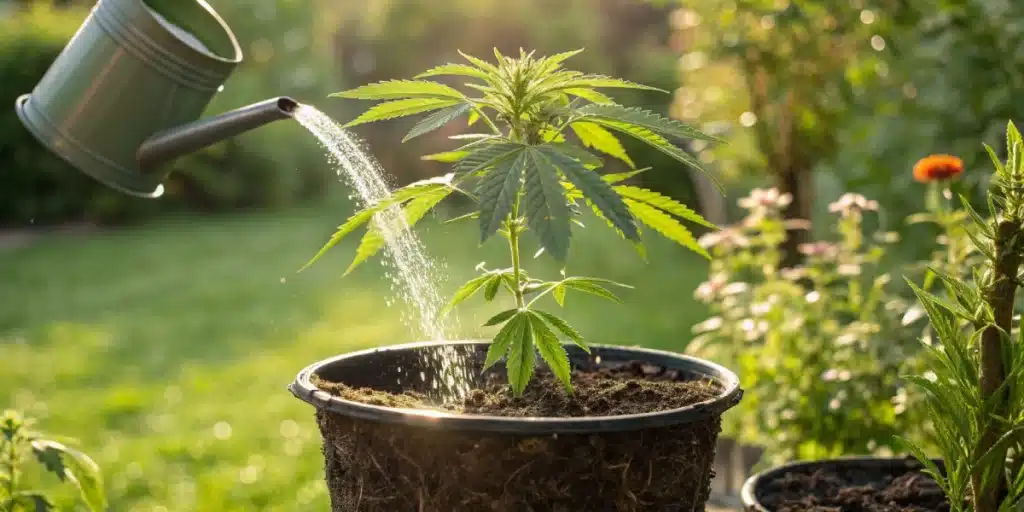
Post-Transplant Care
Watering and Nutrient Management
After you’ve successfully transplanted your cannabis plants, effective watering and nutrient management become vital for their recovery and continued growth. Initially, water your plants deeply to help them establish in their new environment, ensuring that the moisture penetrates the entire root zone. Allow the top inch of soil to dry out before watering again, as overwatering can lead to root rot and other complications that may impair healthy growth.
In terms of nutrients, consider waiting a week or two after transplanting before reintroducing fertilizers to give the plant time to acclimate. This pause allows the roots to adjust to the new soil conditions without being overwhelmed by additional nutrients. When you do start feeding, use a diluted nutrient solution to avoid overwhelming the roots and monitor the plant closely for any signs of nutrient deficiencies. Adjusting your feeding schedule based on plant response ensures that your cannabis plants receive the balanced nutrition they need to thrive in their new setting.
Monitoring Plant Recovery
Monitoring your cannabis plants after transplanting is crucial for ensuring a smooth recovery and continued healthy growth. Over the next few weeks, observe the growth rate and overall health of the plants, noting any new growth or changes in leaf color and vigor. Healthy plants will show signs of recovery through fresh shoots and vibrant green foliage, which are strong indicators of successful transplantation and adaptation to the new environment.
If you notice any signs of stress, such as drooping leaves, discoloration, or slow growth, it may indicate that your plants are struggling to adjust. In such cases, check the soil moisture levels and adjust your watering schedule as necessary, ensuring that the plants are not under or over-watered. Providing a stable environment with consistent light, temperature, and humidity levels will significantly aid in their recovery, helping your cannabis plants regain strength and resume their growth trajectory with confidence.
Common Challenges and Solutions
Avoiding Root Disturbance
One of the most common challenges when learning how to transplant cannabis is avoiding root disturbance during the process. A gentle touch is essential to maintain the integrity of the root system and prevent transplant shock, which can significantly affect the plant’s ability to grow. If the roots are disturbed too much, it can lead to stress that slows down overall growth and recovery, making careful handling paramount.
Use pots with smooth edges, as these are less likely to damage the delicate roots when removing the plant. When extracting the plant from its old container, ensure you do so with deliberate care and avoid pulling on the stem, which could dislodge important root structures. If roots are stuck, try to gently tease them free rather than yanking them out abruptly. By preserving as much of the root ball as possible, you ensure that your cannabis plants have the best possible chance to thrive after transplanting, even in challenging situations.
Troubleshooting Growth Issues
After transplanting, you may encounter growth issues, such as yellowing leaves, stunted growth, or signs of transplant shock, which can be common during the initial recovery period. These problems often arise from overwatering, nutrient imbalances, or simply the stress of being moved to a new environment. If your leaves are turning yellow, it could indicate a nitrogen deficiency, while brown edges may suggest over-fertilization or inadequate watering practices that need adjustment.
To troubleshoot, first reexamine your watering routine and ensure that you’re not watering too frequently, as this can suffocate roots and lead to root rot. Using a moisture meter can help provide accurate readings of soil hydration levels. Additionally, assess your nutrient regimen carefully; if you suspect deficiencies or imbalances, consider performing a soil test to gain clear insights into what your plants may be lacking. By addressing these issues promptly, you can help your cannabis plants recover fully and resume healthy growth in their new environment.
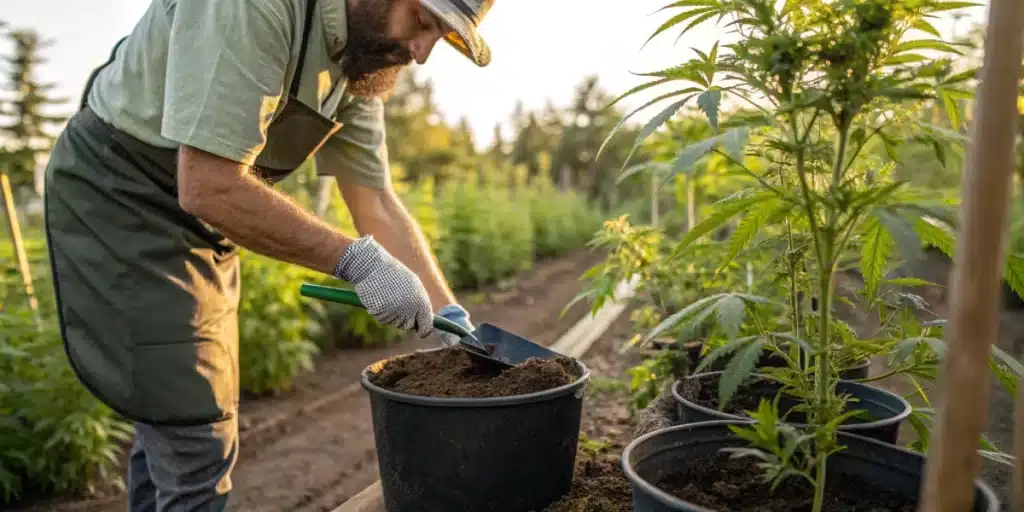
FAQs about how to transplant cannabis
What is the ideal time to transplant cannabis?
The best time to transplant cannabis is during the vegetative stage, typically around 3 to 4 weeks old when the plant has a well-established root system. Transplanting at this stage allows the plant to recover quickly and take full advantage of the extra space for growth, ensuring robust development and a strong foundation for future flowering. Timing your transplant carefully can help minimize stress and promote healthier, faster growth in your cannabis plants.
How do I reduce transplant shock?
To minimize transplant shock, it is best to transplant during cooler parts of the day, such as early morning or late afternoon, and avoid disturbing the roots too much during the process. Careful handling, combined with thorough watering immediately after transplanting, helps stabilize the plant in its new environment. Providing a consistent, gentle environment and monitoring the plant closely can further reduce shock, ensuring that your cannabis plants adapt quickly and continue growing without significant setbacks.
What signs indicate a successful transplant?
Signs of a successful transplant include the appearance of new growth, vibrant green leaves, and an overall healthy, robust plant structure. After a few days to a week, if the plant seems to perk up and resumes its normal growth patterns, it is a good indicator that the transplant was successful. Continued steady growth, improved root development, and the absence of severe stress symptoms all contribute to confirming that your cannabis plant has adapted well to its new home.

